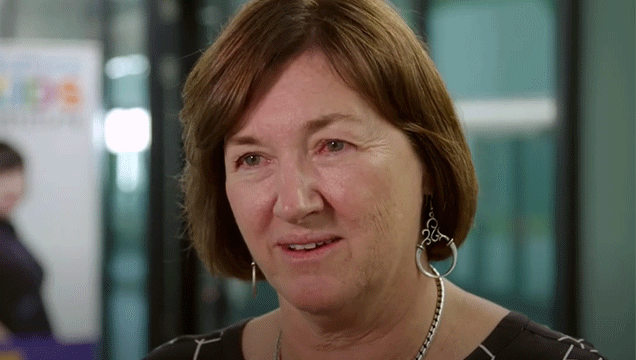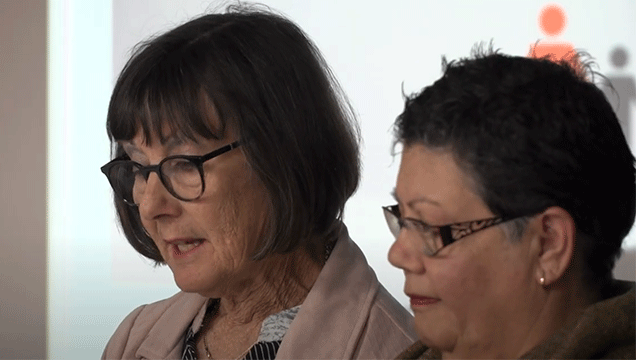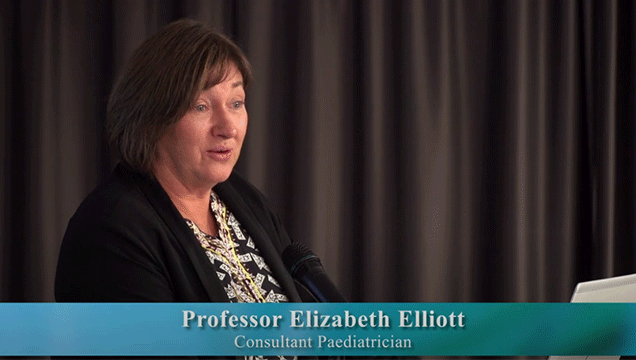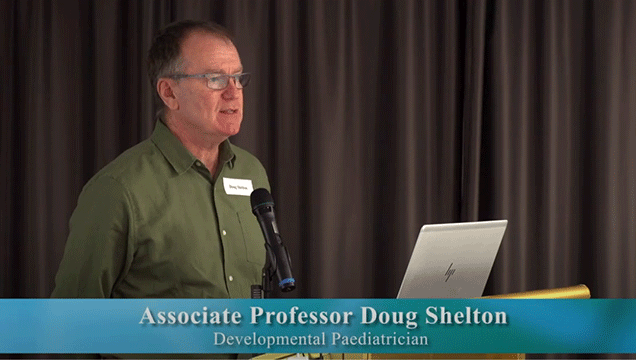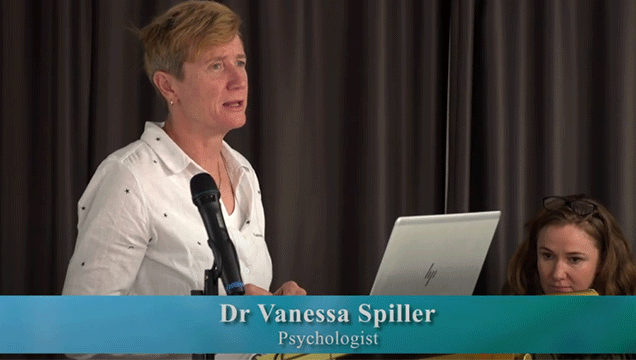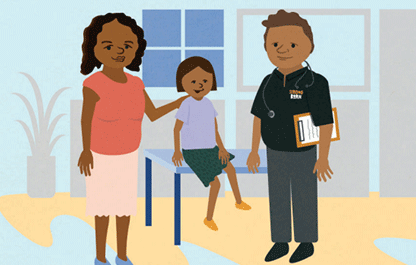
FASD-informed service providers
Are you a FASD-informed health professional? Add your details to the FASD Hub Service Directory to connect with families across Australia.


Australian Guide to the diagnosis of FASD
A Guide to assessment and diagnosis for clinicians and Health Professionals.
Latest news, research and events
Publications database
Access a curated database of Australian and New Zealand journal articles, reports and policies, books and book chapters and other related publications.


FASD Clinical Workshop
Beyond the FASD Hub
These resources have been created by other organisations.
Stay connected
Join our mailing list to hear more from the FASD Hub, including our monthly newsletters, webinar invitations, and new publications.
Acknowledgement of Country
FASD Hub Australia acknowledges Aboriginal and Torres Strait Islander peoples as the Traditional Custodians of Country throughout Australia, and we recognise their connections to land, water and community. We pay our respect to their elders past and present, and extend that respect to all Aboriginal and Torres Strait Islander peoples.








